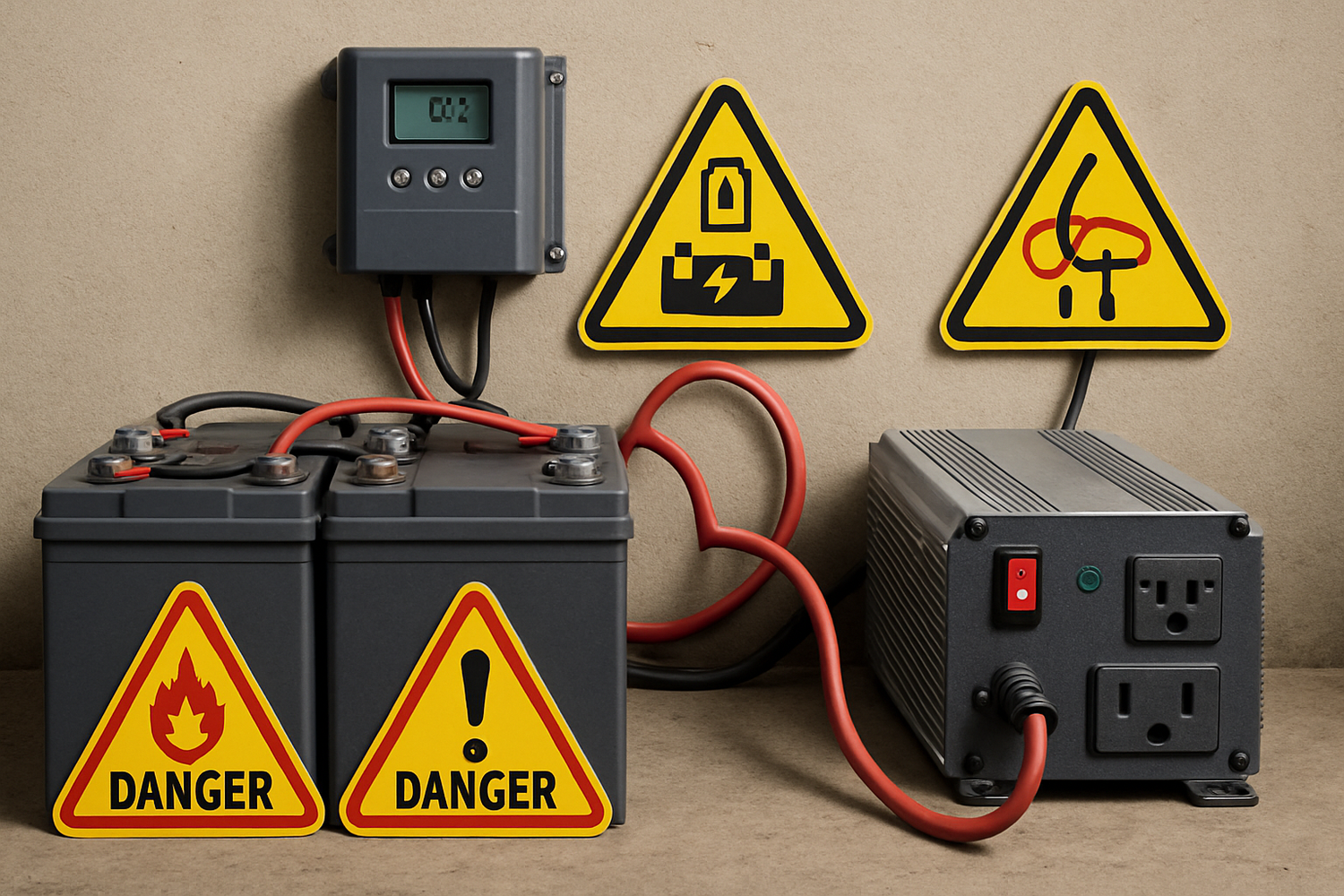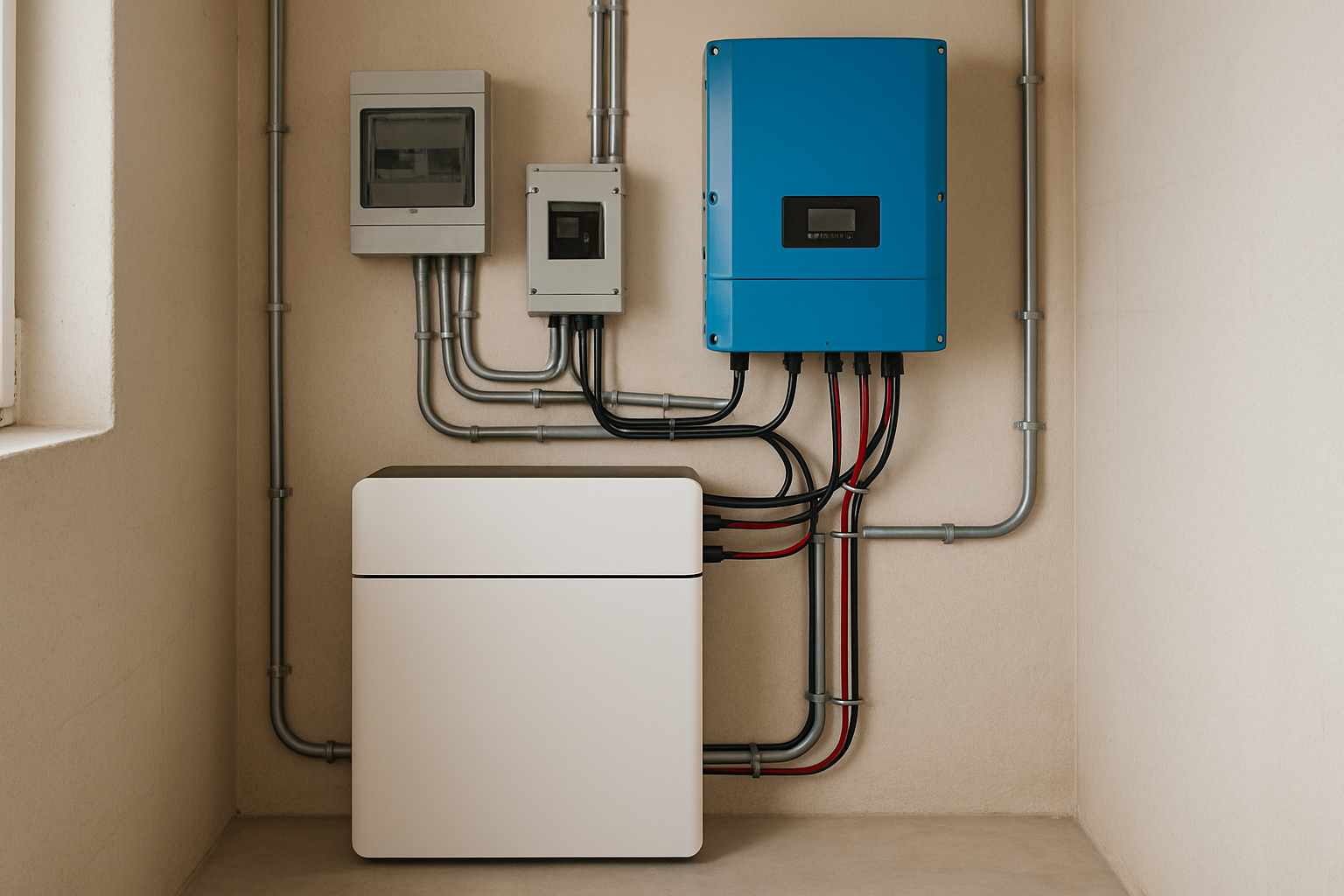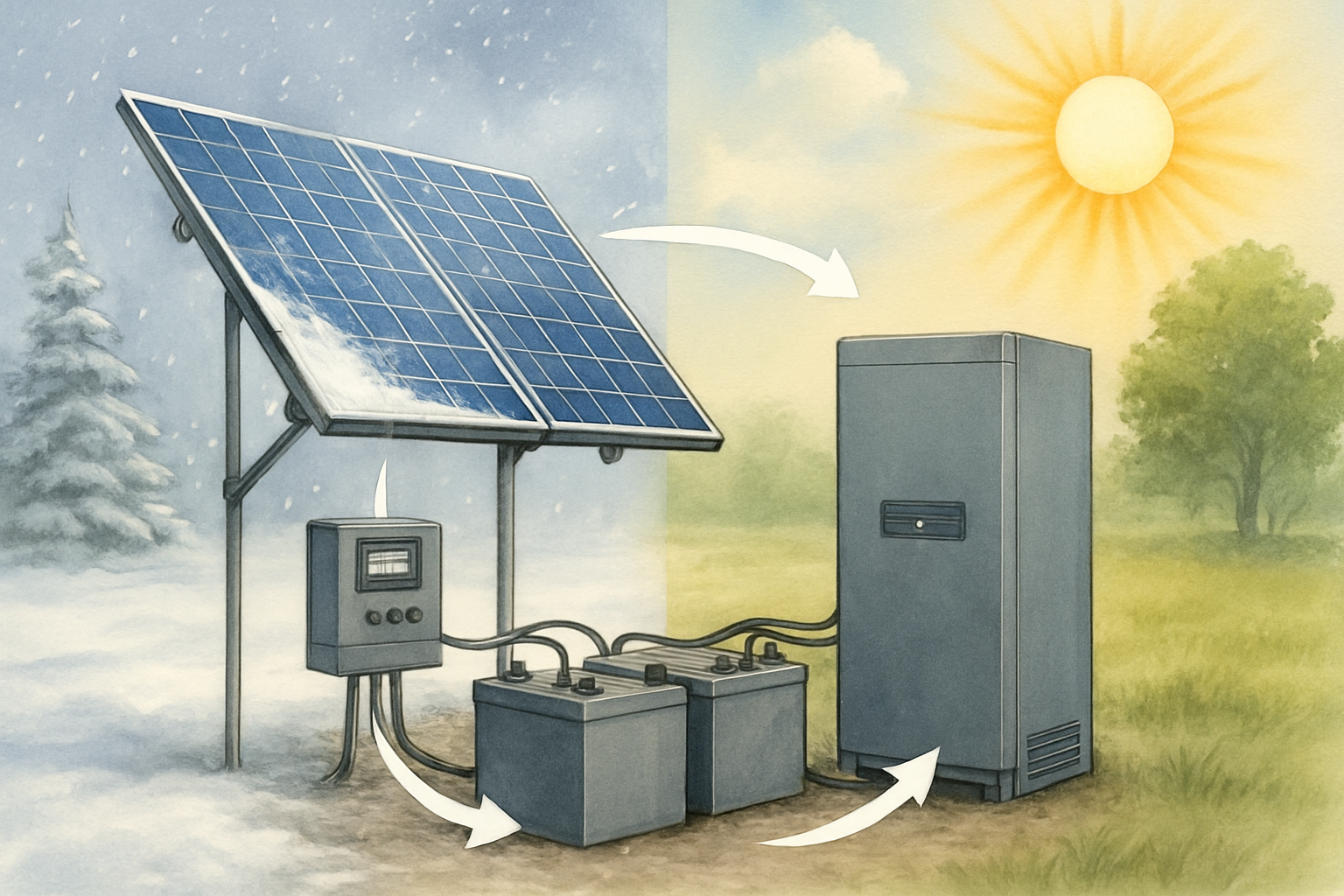Off-grid living offers remarkable freedom and energy independence. Your battery system is the heart of this setup, storing the solar energy you generate. However, common missteps can drastically shorten battery lifespan, leading to unexpected costs and power outages. Understanding and avoiding these mistakes is crucial for maintaining a reliable, long-lasting energy supply.

Charging Errors: The Silent Battery Killers
Improper charging practices are among the most frequent causes of premature battery degradation in off-grid systems. These errors often go unnoticed until significant damage occurs.
Overcharging: The Voltage Trap
Consistently overcharging batteries can severely impact their health. When a battery receives more voltage or current than it can safely handle, it generates excessive heat. This heat accelerates internal degradation processes, reducing the battery's lifespan and capacity. In severe cases, overcharging can lead to safety hazards like electrolyte leakage or even thermal runaway, particularly with lithium-ion batteries. A properly functioning charge controller is essential to regulate the electrical flow from solar panels, preventing batteries from exceeding their full capacity.
Undercharging and Incomplete Cycles
While overcharging is detrimental, consistent undercharging also harms batteries. For lead-acid batteries, undercharging can lead to sulfation, where sulfate crystals build up on the plates, reducing capacity and efficiency. Even for LiFePO4 batteries, which are more resilient, repeatedly failing to reach an adequate charge level can stress the cells over time, hindering their long-term performance.
Incorrect Charge Settings
Misconfigured charge controllers or inverters pose a significant risk. Setting incorrect voltage limits or current thresholds can lead to either chronic overcharging or undercharging. For instance, if a 12V battery system is set to charge at 15V instead of its recommended 14.4V, it will experience damaging overcharge conditions. Always verify that your charge parameters align with your battery manufacturer's specifications.
Discharging Mismanagement: Draining Life Away
How you draw power from your batteries directly influences their longevity. Mismanaging discharge cycles can quickly deplete a battery's useful life.
Deep Discharges: Pushing Limits
Regularly discharging batteries too deeply is a primary cause of shortened lifespan. While LiFePO4 batteries tolerate deeper discharges than lead-acid types, consistently pushing them to very low states of charge (SOC) still accelerates degradation. Research indicates that operating a battery at an 80% Depth of Discharge (DoD) can reduce its expected lifespan by 15-20% compared to using it at a lower DoD. For optimal longevity, many manufacturers recommend limiting discharges to around 80% DoD or less.
High Current Discharges: The Fast Drain
Drawing very high currents from your battery bank rapidly can generate significant internal heat and stress. This process reduces the battery's effective capacity and shortens its lifespan. High discharge rates force lithium ions to move quickly, exacerbating internal loss and material fatigue within the battery. Matching your inverter and loads to your battery's continuous discharge rating helps mitigate this issue. For example, a 12V 100Ah lithium battery with a 1C discharge rate can handle a 1200W load.
Environmental and Physical Stressors
The environment where your batteries operate plays a critical role in their performance and lifespan.
Temperature Extremes: The Hidden Threat
Batteries perform best within specific temperature ranges. For LiFePO4 batteries, the optimal operating temperature for maximum performance and longevity is approximately 15-35°C. While they can operate from -20°C to 60°C, maintaining temperatures between 0°C and 45°C is generally recommended for best battery life and capacity. High temperatures (above 45°C) accelerate internal degradation, increase self-discharge rates, and can lead to permanent capacity loss. Conversely, extremely cold temperatures can reduce battery capacity and efficiency, and charging below 0°C can be particularly harmful.
Poor Ventilation and Physical Damage
Adequate ventilation is crucial, especially in hotter conditions, to dissipate excessive heat and prevent overheating. Enclosed spaces without airflow can trap heat, leading to accelerated battery degradation. Beyond temperature, physical abuse such as excessive vibration, impacts, or improper mounting can damage internal components, leading to premature failure. Securely installing batteries in a protected, well-ventilated area is a simple yet effective preventative measure.
System Design and Maintenance Oversights
Even with careful daily operation, flaws in initial system design or neglected maintenance can compromise battery health.
Undersized Systems: The Capacity Gap
A common mistake is undersizing the solar array or battery bank relative to your energy needs. This forces batteries into frequent, deep discharge cycles, which, as discussed, shortens their lifespan. For instance, winter conditions can drastically reduce solar production (by 60-80%) while heating loads might triple, leading to significant power deficits if the system is not adequately sized for seasonal variations. Performing a thorough load analysis, accounting for all devices and their operating hours, is a foundational step for proper system design. According to the International Renewable Energy Agency (IRENA's Electricity Storage Valuation Framework 2020), electricity storage is crucial for integrating variable renewable energy sources like solar and wind, highlighting the importance of correctly sized systems.
Neglecting Monitoring and BMS Warnings
A Battery Management System (BMS) is the brain of your battery bank, especially for lithium-ion batteries. It monitors vital parameters such as voltage, current, temperature, and individual cell balance, providing crucial protection against overcharging, over-discharging, and overheating. A well-optimized BMS can extend lithium battery lifespan significantly by preventing aggressive usage and fast charging/discharging. Ignoring BMS alerts or failing to implement a monitoring system leaves your batteries vulnerable to preventable damage. The U.S. Department of Energy's Solar Futures Study also emphasizes the need for further technological advancements in energy storage, including battery energy storage systems, reinforcing the need for robust monitoring.
Securing Your Off-Grid Energy Future
Protecting your off-grid battery investment requires diligence and understanding. By avoiding these common mistakes related to charging, discharging, environmental factors, and system design, you can significantly extend the life of your batteries and ensure a stable, reliable power supply for years. Embracing best practices in battery care means fewer replacements, consistent performance, and true energy independence.
Frequently Asked Questions
What is the ideal State of Charge (SOC) for off-grid LiFePO4 batteries?
While LiFePO4 batteries can handle deep discharges, maintaining an SOC between 20% and 90% generally optimizes their lifespan. Avoiding prolonged periods at 100% or below 20% can help preserve battery health.
How does temperature affect LiFePO4 battery lifespan?
LiFePO4 batteries perform optimally between 15-35°C. Temperatures consistently above 45°C or below 0°C can accelerate degradation, reduce capacity, and shorten overall lifespan. Proper ventilation and thermal management are vital.
Why is a Battery Management System (BMS) crucial for off-grid batteries?
A BMS protects your batteries by monitoring voltage, current, temperature, and cell balance. It prevents overcharging, deep discharging, and overheating, which are common causes of battery damage, thereby extending the battery's lifespan and ensuring safe operation.
Can solar panels overcharge my batteries?
Yes, solar panels can overcharge batteries if your off-grid system lacks proper regulation. A functional charge controller and a BMS are essential components that prevent overcharging by regulating the power flow and disconnecting the panels when batteries reach full capacity.





Leave a comment
All comments are moderated before being published.
This site is protected by hCaptcha and the hCaptcha Privacy Policy and Terms of Service apply.